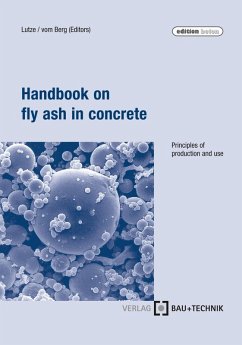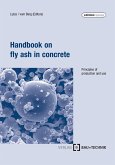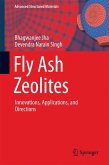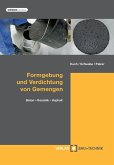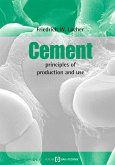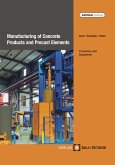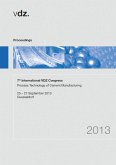When used as an addition and binder component, fly ash has become an indispensable construction material for many concrete applications. The conditions produced in power stations when firing fine pulverized coal result in the formation of a reactive, flour-fine, pozzolanic mineral material from the accompanying rock in the coal. Owing to its specific characteristics it has a positive impact on the properties of fresh and hardened concrete and facilitates cost-effective production of high-grade, durable concretes. The authors of this handbook have combined the latest discoveries from the field of research with practical experience of the use and effects of fly ash in concrete. This handbook provides the necessary information and makes interesting suggestions for selective use of fly ash in concrete.
Dieser Download kann aus rechtlichen Gründen nur mit Rechnungsadresse in A, B, BG, CY, CZ, D, DK, EW, E, FIN, F, GR, H, IRL, I, LT, L, LR, M, NL, PL, P, R, S, SLO, SK ausgeliefert werden.

